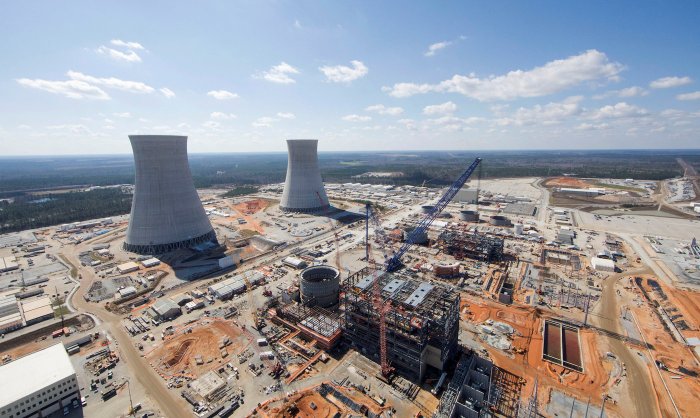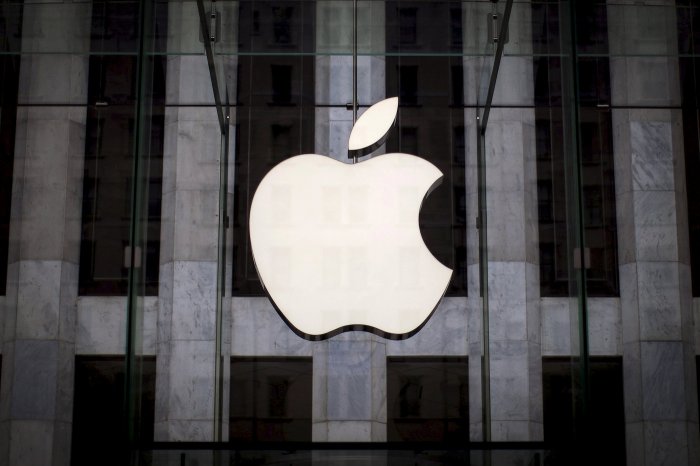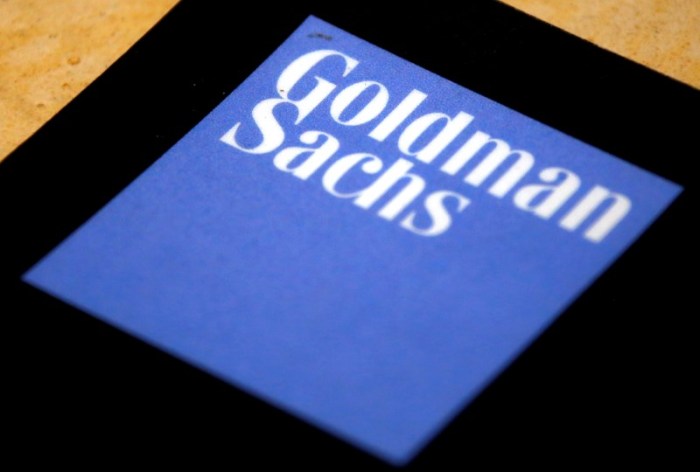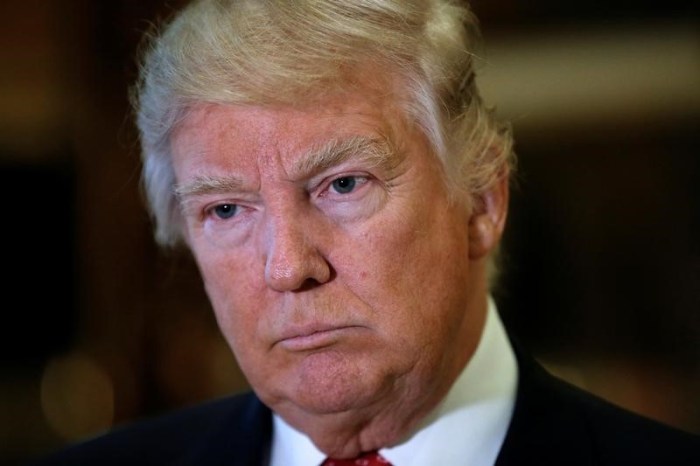By Lucia Mutikani
WASHINGTON (Reuters) – U.S. consumer prices moderated in May, but sustained increases in housing and healthcare costs kept underlying inflation supported, which could still allow a cautious Federal Reserve to raise interest rates this year. While another report on Thursday showed an increase in the number of Americans applying for unemployment benefits last week, the trend remained consistent with a healthy labor market.
The data came a day after the Fed lowered its assessment of the jobs market and suggested a slower path to interest rate hikes.
“The economy is generating enough heat to produce some inflation, even if the Fed has worries about the long-term trend for economic growth being too weak to lift interest rates much higher for now,” said Chris Rupkey, chief economist at MUFG Union Bank in New York. The Labor Department said its Consumer Price Index increased 0.2 percent last month, slowing from April’s 0.4 percent gain, as gasoline prices rose modestly and the cost of food fell. In the 12 months through May, the CPI increased 1.0 percent after advancing 1.1 percent in April. Stripping out the volatile food and energy components, the so-called core CPI increased 0.2 percent after a similar gain in April. That took the year-on-year core CPI rise to 2.2 percent from 2.1 percent in April. The Fed has a 2 percent inflation target and tracks an inflation measure which is currently at 1.6 percent. The U.S. central bank on Wednesday kept interest rates unchanged and said it expected inflation to remain below its target through 2017. Although the Fed signaled it still planned two rate hikes this year, there was less conviction. Six officials expect only a single increase, up from one in March.
The Fed raised its benchmark overnight interest rate in December for the first time in nearly a decade.
The dollar was trading higher against a basket of currencies. Prices for U.S. government debt rose, while stocks on Wall Street fell.
RISING RENTS, HEALTHCARE
Gasoline prices rose only 2.3 percent last month after surging 8.1 percent in April. Food prices fell 0.2 percent, reversing the prior month’s increase. Within the core CPI basket, housing and medical costs maintained their upward trend. Owners’ equivalent rent of primary residence rose 0.3 percent after rising by the same margin in April. This measure of rent jumped 3.3 percent in the 12 months through May, the largest increase since June 2007. Rents have soared as some Americans, scarred by the housing market collapse, remain wary of owning a home. Rising household formation as the fairly healthy labor market boosts employment prospects for young adults is also driving the rise in rents. Medical care costs increased 0.3 percent, with the cost of hospital services shooting up 0.7 percent. The cost of doctor visits surged 1.0 percent, but prescription medicine prices fell 0.4 percent. Americans also paid more for apparel and motor vehicle insurance. Prices for used cars and trucks, however, recorded their biggest drop since March 2009.
In a second report, the Labor Department said initial claims for state unemployment benefits increased 13,000 to a seasonally adjusted 277,000 for the week ended June 11.
The four-week moving average of claims, considered a better measure of labor market trends as it irons out week-to-week volatility, slipped 250 to 269,250 last week.
Jobless claims have now been below 300,000, a threshold associated with a strong job market, for 67 straight weeks, the longest streak since 1973.
The Fed said on Wednesday “the pace of improvement in the labor market has slowed,” and also noted that while the unemployment rate had declined, “job gains have diminished.” But with job openings near record highs, both economists and Fed officials expect job growth to pick up after the economy added only 38,000 jobs in May, the smallest increase since September 2010. “The payrolls data greatly exaggerated the extent to which the trend in employment growth is weakening,” said Jim O’Sullivan, chief U.S. economist at High Frequency Economics in Valhalla, New York. “Without an uptrend in claims, we remain highly skeptical that the trend in employment growth is suddenly weakening sharply.” Separately, the Philadelphia Fed said its business conditions index rose nearly seven points to 4.7, returning to positive territory after two consecutive negative readings.
But details of the survey were weak, with a measure of new orders declining further and shipments falling. This suggests that the manufacturing downturn is yet to run its course.
<^^^^^^^^^^^^^^^^^^^^^^^^^^^^^^^^^^^^^^^^^^^^^^^^^^^^^^^^^^^
U.S. jobless claims http://link.reuters.com/dah52w
U.S. jobless claims and payrolls http://link.reuters.com/juw75w
U.S. inflation (CPI interactive) http://tmsnrt.rs/1N6BwRs
U.S. homebuilder sentiment (NAHB) http://link.reuters.com/sys62w
^^^^^^^^^^^^^^^^^^^^^^^^^^^^^^^^^^^^^^^^^^^^^^^^^^^^^^^^^^^>
(Reporting by Lucia Mutikani; Editing by Andrea Ricci)
Rising rents, healthcare costs support U.S. underlying inflation
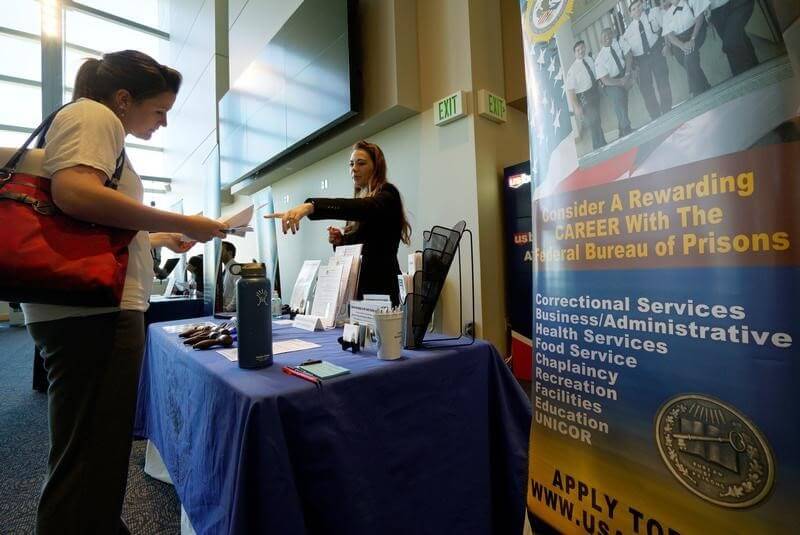
By Lucia Mutikani











